Before the UN Sustainable Development Goals. A Historical Companion
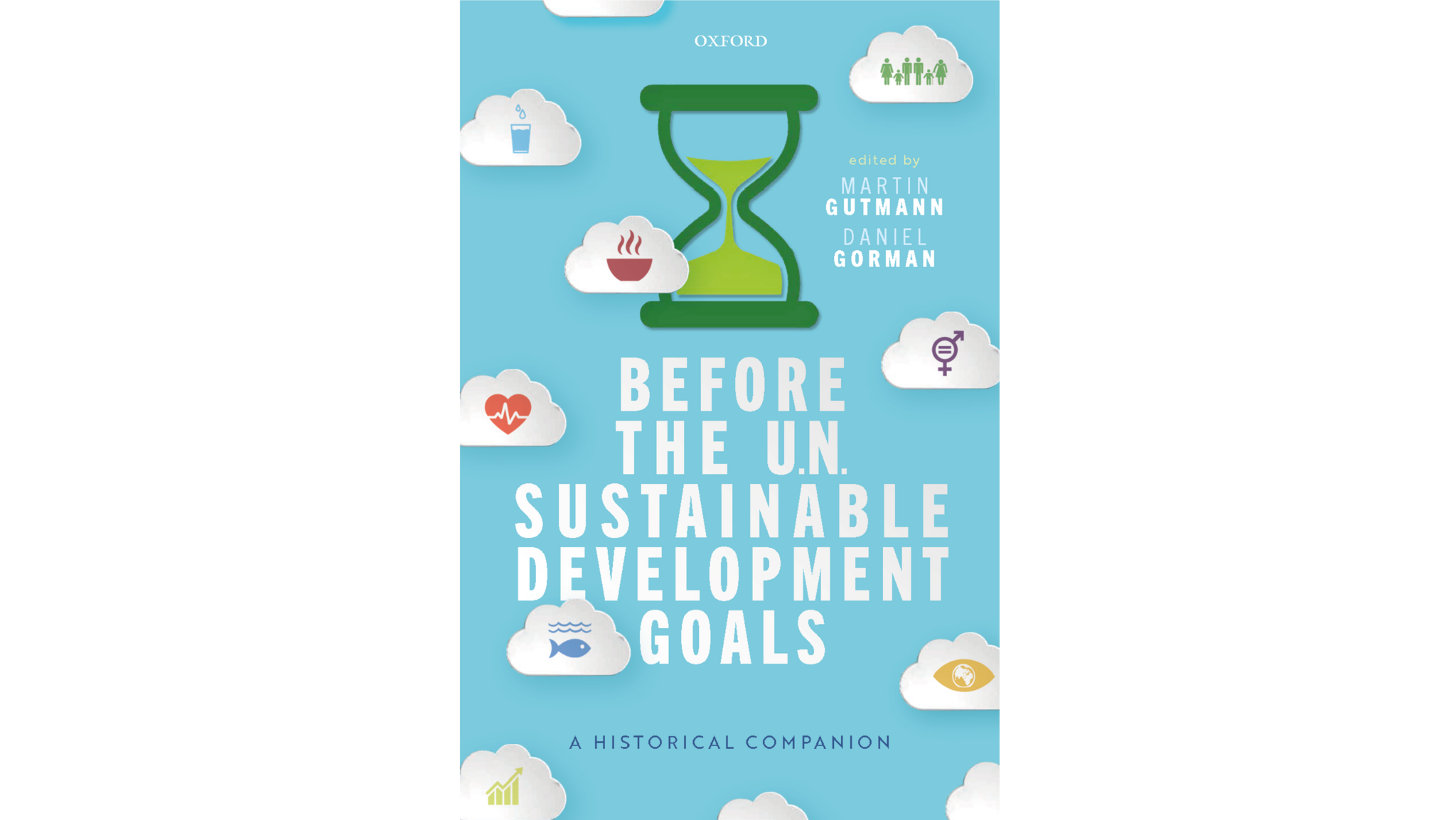
Martin Gutmann, Ph.D., has been a lecturer at IKM since 2020. A historian by training, he is involved in a variety of projects that take a historical perspective on contemporary management and societal problems. He has just published an edited volume with Oxford University Press on sustainable development called Before the UN Sustainable Development Goals. A Historical Companion. We caught up with Martin to ask him about the book.
How sustainable have you been so far today?
That’s a great question. I came to work by train today and I am eating a vegetarian lunch, so I think I’m doing ok. But the truth is, I don’t really know. Our individual footprint, on a day-to-day basis, is not something we can get timely and reliable feedback on. There are so many complex and often obscured implications to the many choices we make.
And, of course, sustainability is more than being environmentally responsible. Sustainable development, as encompassed in the UN’s Sustainable Development Goals [SDGs], calls for progress on economic development and a variety of urgent social issues – such as gender equality and peace – as well as environmental protection and combatting climate change.
While we can track progress on the SDGs at a societal level fairly reliably, it is very difficult to do so effectively on an individual level.
Why are you interested in the topic of sustainability?
As a human being, I’m interested in the problem because it is absolutely urgent; it is the problem currently facing humanity. Our long-term well-being, if not survival, is at stake.
As a scholar, I’m interested in sustainability because it is, by nature, a problem that can only be understood and solved through interdisciplinary approaches. This means that researching sustainable development forces you into dialogue with scholars you might otherwise have nothing to do with. This is a really enriching experience.
What is the book which you just edited about?
While the SDGs are quite new – they date back only to 2015 – the various issues with which they concern themselves—conflict, inequality, environmental degradation, and economic hardship, to name but a few –have accompanied humans for centuries, if not millennia. The goal that my co-editor Dan Gorman and I set for this book was to present this longer history, what we call the backstory, to each of the 17 SDGs. And we were able to recruit a diverse and outstanding group of contributors to help us do so.
Who is this book written for?
We wrote the book with the many sustainability professionals and students in mind – so, policymakers, government and NGO officials, students, scholars, corporate CSR managers…anyone who is working on or towards the SDGs.
The SDGs are, of course, complex and I think it’s important to bring all of the available perspectives and academic disciplines to bear. There are a lot of books on the SDGs, from the political perspective, the financial perspective, the ecological perspective, and so on. But there is very little on the historical perspective, and so this was the gap that we wanted to fill. With our book, these sustainability professionals have yet another perspective to draw on in understanding the work that they do.
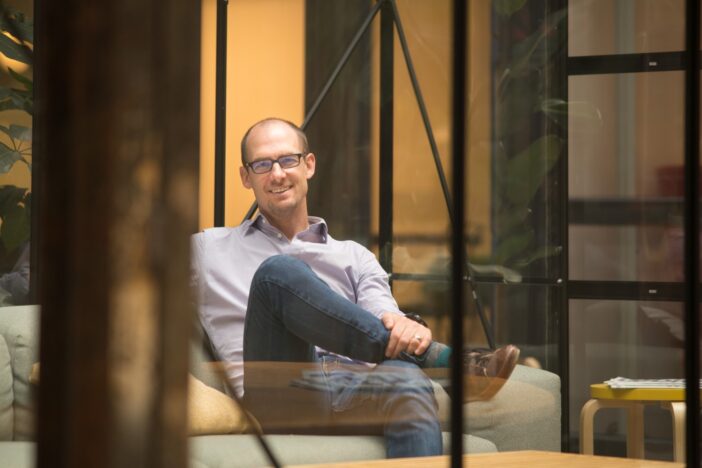
How did you manage to get the book published by such a renowned university press?
We approached a lot of different presses with our idea. Some academic presses are more commercially minded, and others prioritize cutting-edge science. I think Oxford is that unique press that has a high standard on both fronts. For example, the peer-review process was more intense than what I’ve experienced with international journals of comparable standing. At the same time, everyone at Oxford, from the editors to the marketing team, was extremely engaged and pushed us to produce a coherent and accessible manuscript. Dan and I went through 17 drafts of the introductory chapter before everyone was happy with the writing.
As to why Oxford signed the book, I suppose we would have to ask them. But I suspect it helped that our book took a novel perspective on a topic that is relevant – both in scholarship and in society.
There are 31 contributors to the book. What is it like to coordinate the work of so many writers?
Putting together a book like this is as much an exercise in project management as it is in science. What was particularly challenging in this case was the sheer diversity of scholars: economics, anthropology, political science, earth science, food policy, water engineering, geography, and, of course, history, are all represented among the authors.
For this reason, we all came into this with different assumptions, priorities, and methodological preferences. In the end, of course, I think this is one of the most valuable aspects of the book – it brings together so many different perspectives.
What has the reception been so far?
As far as I can tell, the reception has been positive. It’s been an enriching experience for me personally because people from all over the world have reached out to me to share their stories and perspectives on working towards the SDGs, and to tell me how the book evolved their thinking. But also to challenge me in my assumptions and perspectives on sustainable development. I’ve learned almost as much through these post-publication encounters as I did during the whole process of putting the book together.
Is it the responsibility of every individual to behave sustainably or is it a government responsibility?
The answer is, of course, both. With that said, one recurring theme that stands out when we examine the history of profound societal change is that the pressure to do so often came from the bottom up, with governments playing only a belated, reactionary role. In that sense, how history is taught in many traditional textbooks – with a focus on what presidents, prime ministers, and kings said and did – gives us a skewed picture of how societies transform. With the abolition of the slave trade in the British Empire, the right to vote for women in numerous countries, and the Civil Rights movement in the US, the driving force was masses of people, slowly but surely advocating for change. I think the same is true for sustainable development. My kids insist on me taking them to the Fridays for Future demonstrations in our hometown – and I think that’s a great thing! It gives me a lot of hope.

Dr. Martin Gutmann
Autor und Dozent
Institut für Kommunikation und Marketing IKM
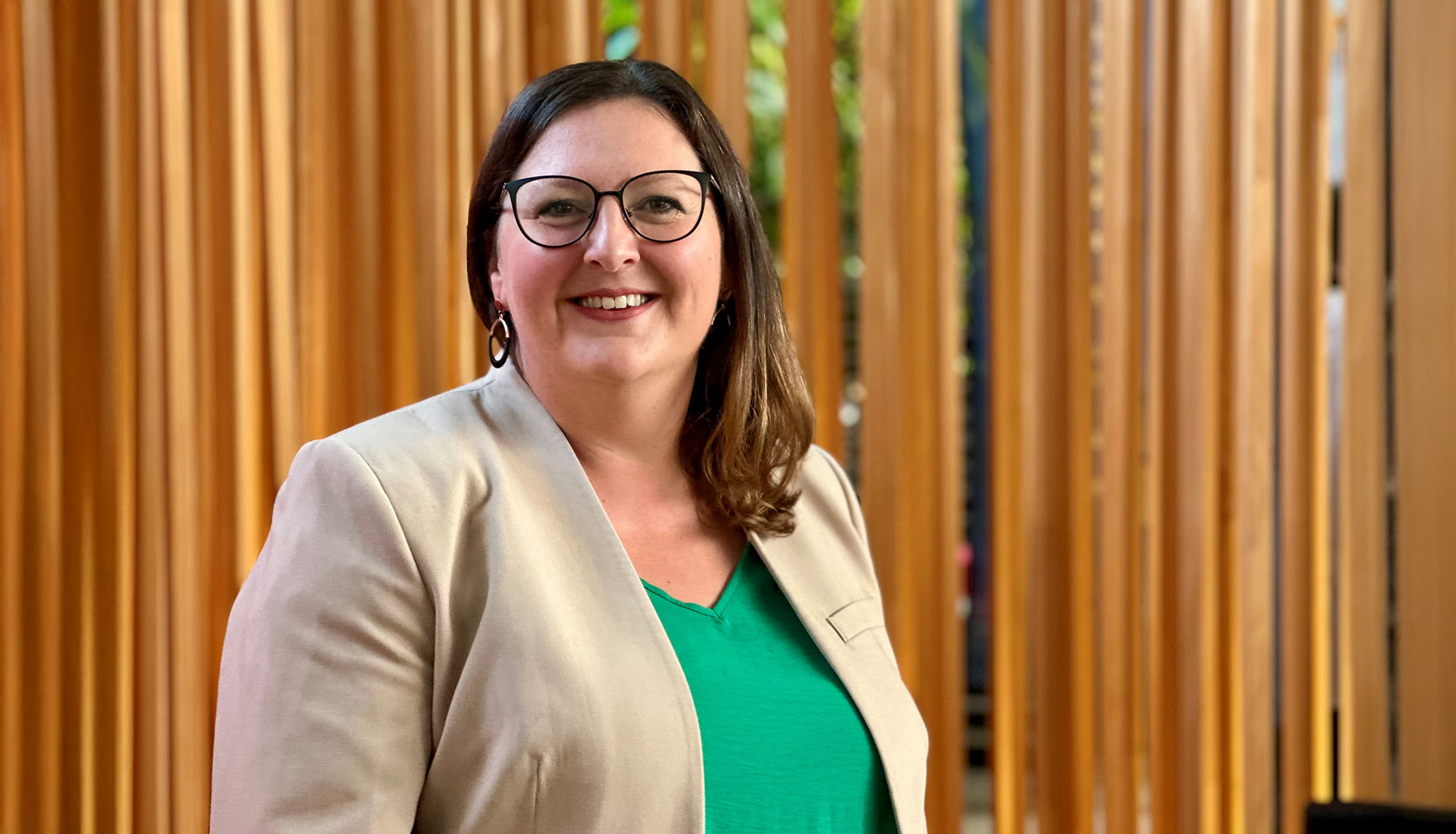
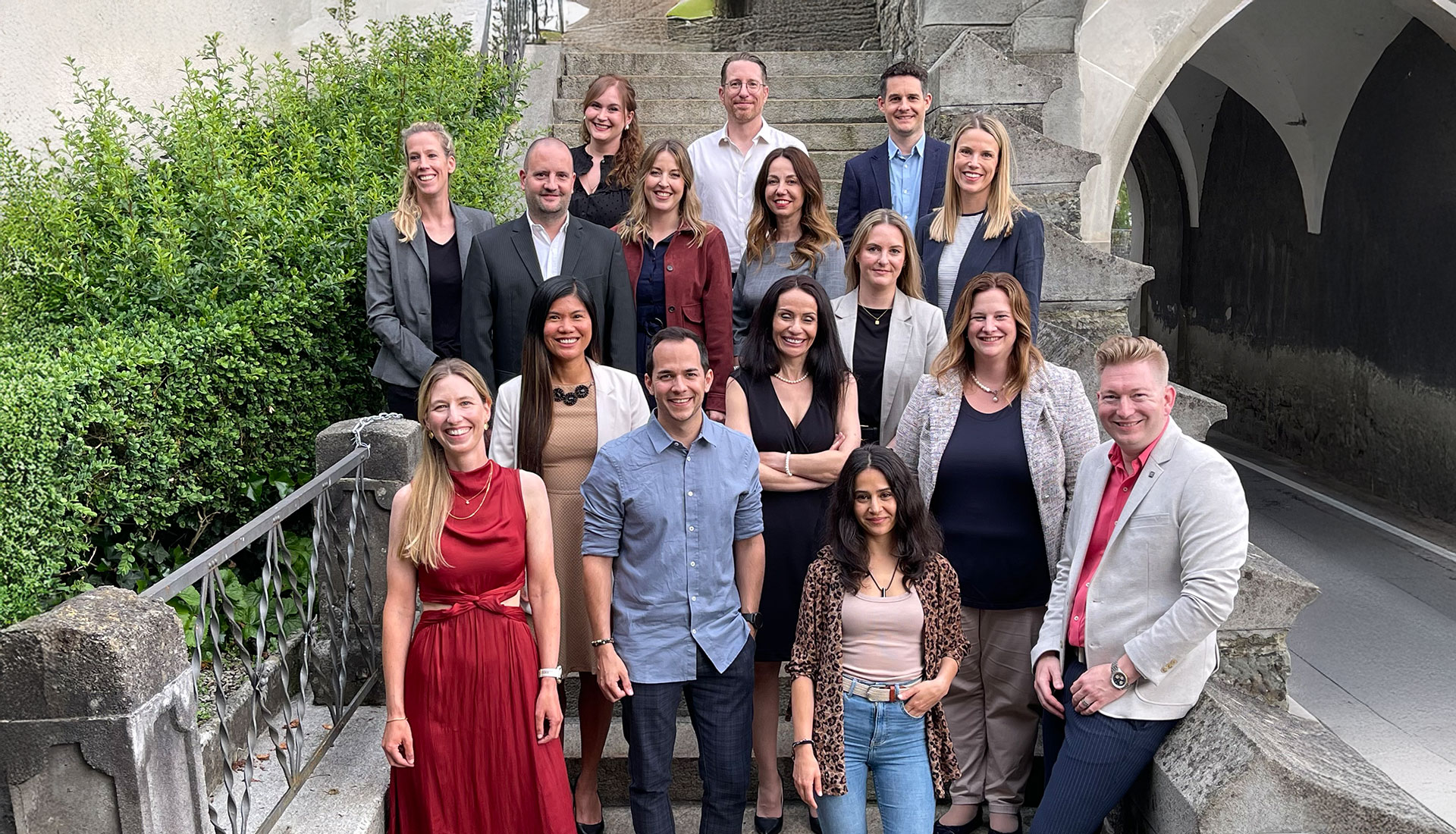
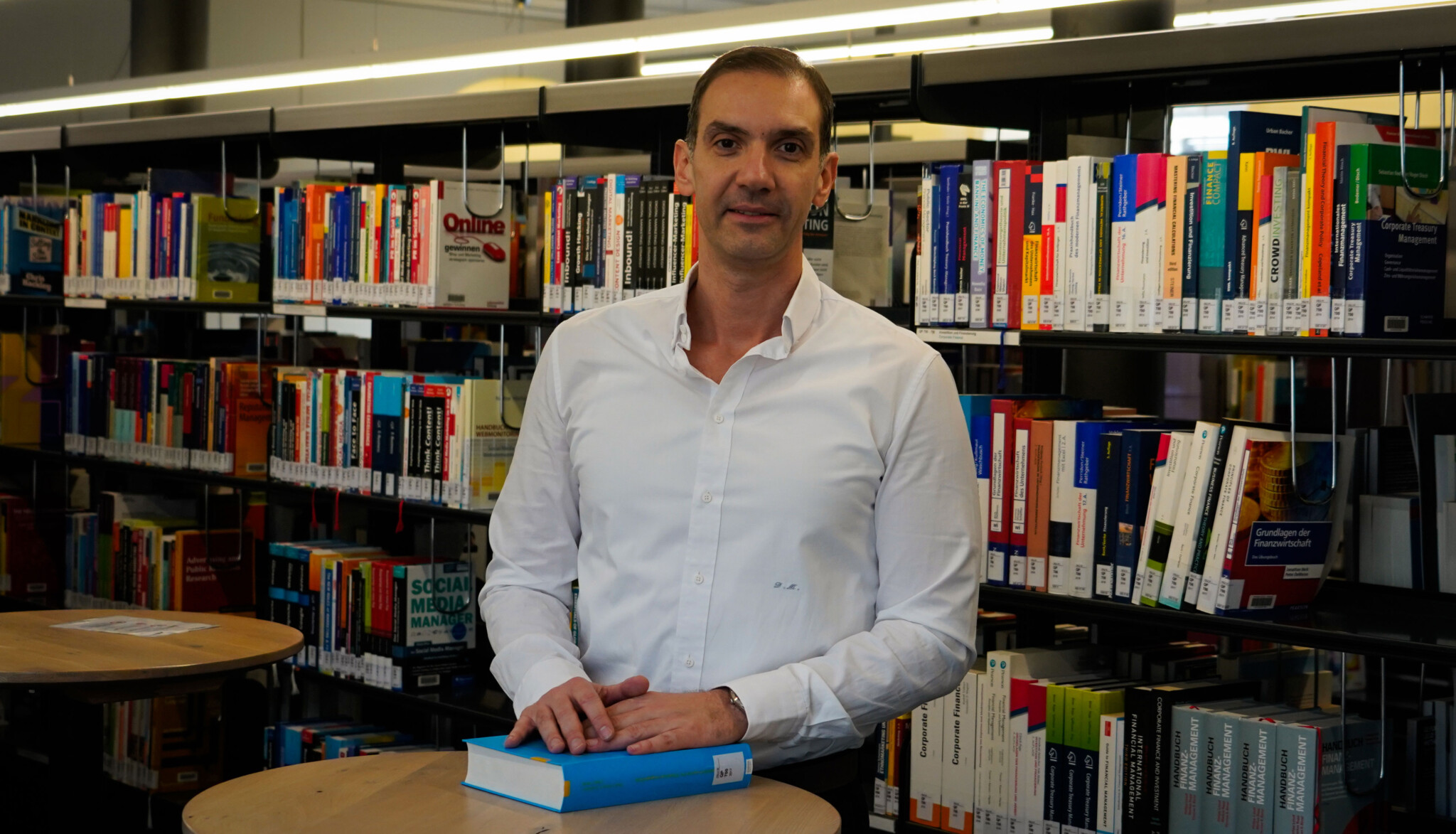
Kommentare
0 Kommentare
Danke für Ihren Kommentar, wir prüfen dies gerne.